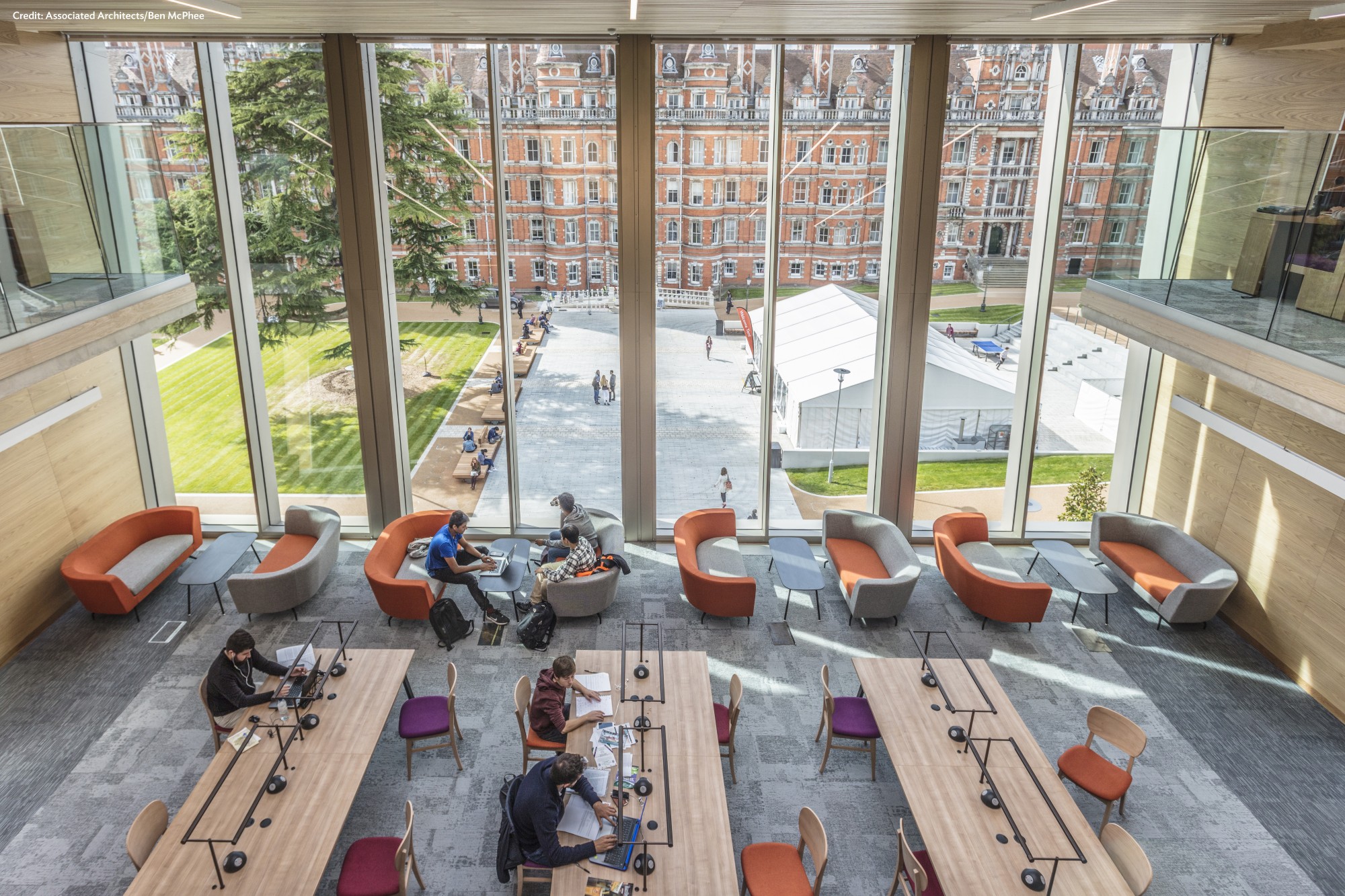The multi-functionality of fire safety glass
It can be easy to assume that fire safety glass is purely a fire protection product only. However, architects can actually get so much more from the specification, from acoustics to solar control and high-end, bespoke aesthetics.
Here, Andy Lake, Sales Director UK & IRE at Pyroguard, delves into the multi-functionality of fire safety glass.

According to the Oxford Dictionary, to be multi-functional is defined as having or fulfilling several functions. This is a term that may not immediately seem to be applicable for fire safety glass. Yet, while its primary purpose is indeed to protect people, property and possessions in the unfortunate event of a fire, this can just be the start of a specification. In fact, with the correct technical guidance, it is possible for a glazing system to deliver so much more than just high levels of fire protection.
Fire safety glass is manufactured by alternating sheets of toughened glass with intumescent gel interlayers. It is these interlayers that cause the glass to react in the event of a fire. Yet, through the careful and technical selection of additional specialist glass counterpanes, installed as part of the system, it is possible to also achieve further performance qualities.
Acoustics
Over recent years, increasing attention has been paid to the effects of noise pollution, defined as any sound above 65dB, and the importance of creating acoustically sound interior spaces for occupant comfort. This is perhaps especially important when you consider buildings such as schools, care homes, hospitals and offices, where the creation of quiet and calm spaces are needed whether for the purposes of study and productivity or rest and recovery.
While some architects may look to combat the challenge of noise pollution by sectioning off different areas of a building interior and using solid walls to minimise the spread of noise, there is a better and more aesthetically pleasing option available to them. In these applications, fire safety glass can help to deliver both the fire protection and sound reduction properties required.
Indeed, through the specification of laminated toughened fire safety glass and technical calculations around the number of glass layers used within a system, it can be carefully engineered to reduce the level of sound transmitted through, offering an enhanced acoustic performance.
Privacy
While the use of glass can contribute to the creation of light, contemporary and open interior spaces – one of the many reasons behind its popularity as a building material – it can present challenges around the matter of privacy. Privacy is a consideration in many environments and settings, particularly healthcare.
However, just as fire safety glass can be engineered to deliver acoustic properties, so too can a system be specified that offers levels of privacy built-in. For example, it is possible for integrated blinds to be incorporated within the glazing system, or an additional glass pane with a mirror or obscure finish – or even a screen-printed glass pane – to be interchanged between the toughened glass layers.
Switchable glass takes this even further, with the ability to switch between a frosted or clear appearance at just the click of a button, depending on what is required at that specific moment.
Aesthetics
This idea of incorporating screen-printed glass within a glazed system can be taken further still, opening up additional design avenues. For example, through the use of coloured, etched or printed glass interlayers, it is possible to push the boundaries and create additional unique design opportunities for interior spaces. From bringing colour and art into a building to creating an on-brand appearance, the possibilities are endless.
Solar control
Available building space in our towns and cities is becoming increasingly limited and so the only way to build is often ‘up’, with high-rise buildings and glass façades becoming a common sight on our skylines. However, while glass is perhaps a welcome alternative to the concrete tower blocks of the 1960’s, a glass building envelope does present some challenges, including how to prevent it from acting as an over-sized greenhouse. Here, including a glass counterpane with solar control properties within the larger glazed system can help to solve the problem, working to reflect the sun’s UV rays away from the building exterior.
What’s more, following recent developments in the market, it is now also possible to specify fire-rated double-glazed units with warm edge spacers (previously only generally available in non-fire-rated glass), further helping to improve the energy efficiency of a system.
While it is easy to think of fire safety glass as a product with just one sole function, it’s multi-functionality can instead open the doors to other opportunities and capabilities. With the correct technical advice and support, such as that offered by Pyroguard’s technical team, fire safety glass can be instrumental in pushing the boundaries of architectural and interior design within our public buildings, all whilst satisfying the building and safety regulations.
For more information, please contact us.
